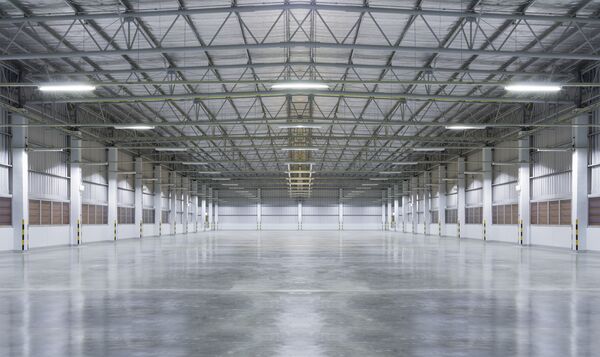To meet the prevalence of type 1L cement in the world of concrete construction, PROSOCO has developed a product that’s expressly formulated to work on concrete composed of this cement type.
BD1 is a blend of silicates specifically designed and tested to provide superior performance on type 1L cement, which the Portland Cement Association estimates makes up about 60% of the cement on the market today. BD1 can be used on concrete floors of all ages, from freshly troweled “green” concrete to steel-troweled and burnished floors. This formula also dustproofs concrete floors.
It goes on the same way as a traditional densifier would – one application with a low-pressure sprayer in a single coat to wet the concrete surface for 5-10 minutes before allowing it to dry. Most floors treated with BD1 are quick to cure and can be opened to traffic within 1 hour of treatment.
Treating concrete floors with BD1 improves their durability, performance, appearance, light reflectance and dustproof qualities. Floors treated with BD1 are easier to maintain, require no waxing, and will not yellow, discolor, peel or flake.
Type 1L cement is a relative newcomer to the U.S. market of building materials and has skyrocketed in use in recent years. The concept of type 1L cement originated as a way to reduce the carbon emissions generated during the production of cement. It involves substituting up to 15% of the cooked limestone in cement with raw, or uncooked limestone. Essentially, the more uncooked limestone in the mix, the fewer CO2 emissions generated during its production. You can learn more about type 1L cement here.
![]()


